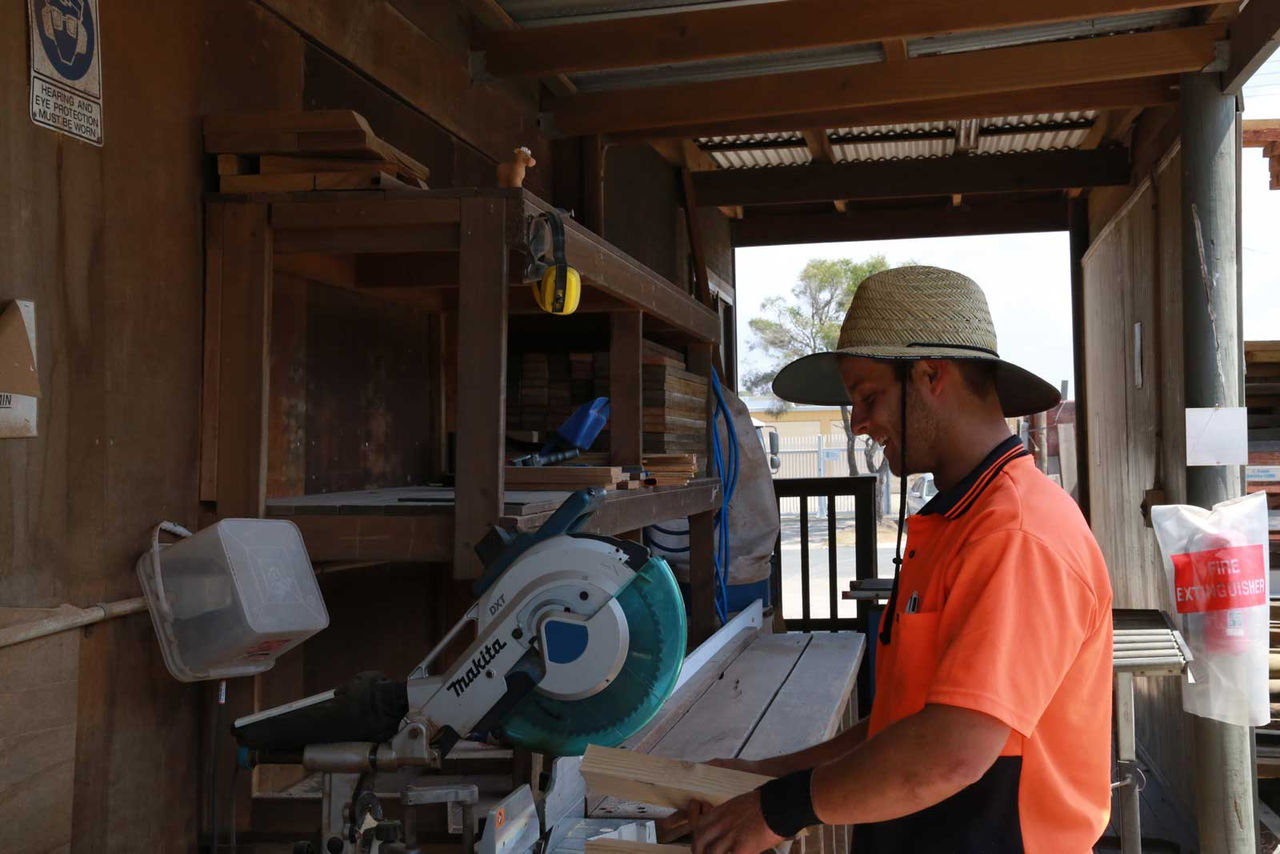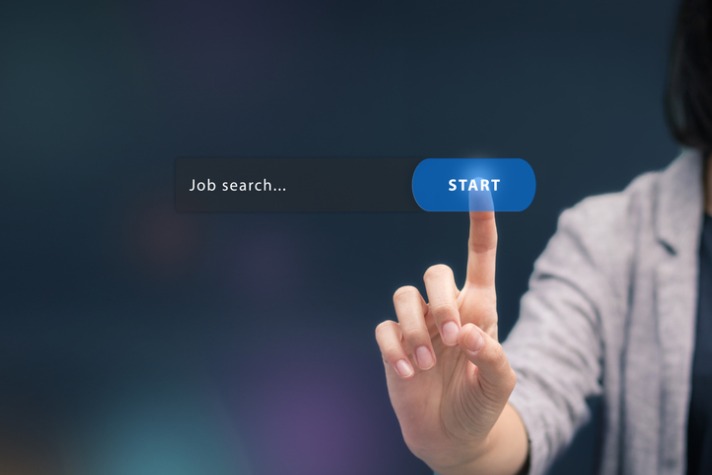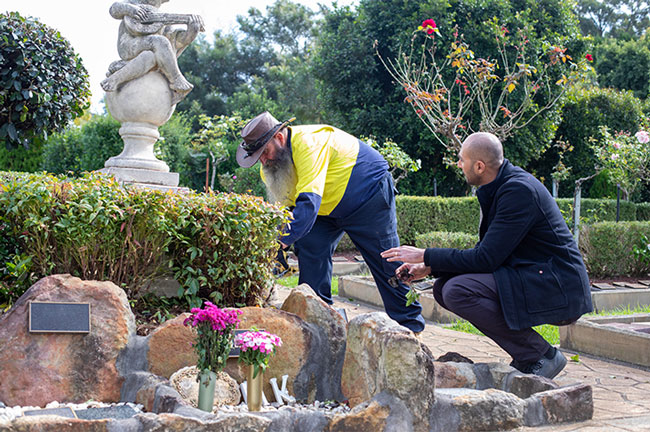Sexual Harassment
Published by MAXSolutions on June 02, 2019

How to spot it and what you can do.
Sexual harassment is any unwanted or unwelcome sexual behaviour, which makes a person feel offended, humiliated or intimidated1. Sexual harassment at work is against the law. Sexual harassment can be committed by an employer, workmate or other people in a working relationship with the victim.
Sexual harassment is not interaction, flirtation or friendship which is mutual or consensual.
Despite having being outlawed for over 25 years, sexual harassment remains a problem in Australia1.
Every year, sexual harassment in the workplace is one of the most common types of complaints received by the Australian Human Rights Commission under the Sex Discrimination Act. In fact sexual harassment in Australia appears to be increasing5.
Every four years the Australian Human Rights Commission conducts a survey about sexual harassment. The 2018 survey, which surveyed 9,600 people across Australia showed showed that the rates of harassment have increased significantly since the previous national survey in 20123.
Specifically, the most common form of harassment were crude or offensive behaviour and unwanted sexual attention. A significant number of people reported inappropriate touching, receiving sexually explicit texts, emails or messages.
Nearly eight percent of respondents said they’d faced sexual coercion5.
Sexual harassment disproportionately affects women with 1 in 5 experiencing sexual harassment in the workplace at some time. However, 1 in 20 men also report experiencing sexual harassment in the workplace5.
Forms of Sexual Harassment
Sexual harassment can take many different forms – it can be obvious or indirect, physical or verbal, repeated or one-off and perpetrated by males and females against people of the same or opposite sex.
Sexual harassment may include1:
- staring or leering
- unnecessary familiarity, such as deliberately brushing up against you or unwelcome touching
- suggestive comments or jokes
- insults or taunts of a sexual nature
- intrusive questions or statements about your private life
- displaying posters, magazines or screen savers of a sexual nature
- sending sexually explicit emails or text messages
- inappropriate advances on social networking sites
- accessing sexually explicit internet sites
- requests for sex or repeated unwanted requests to go out on dates
- behaviour that may also be considered to be an offence under criminal law, such as physical assault, indecent exposure, sexual assault, stalking or obscene communications.
What can you do?
Be sure that your interactions with others are respectful, civil and professional. If you become aware that someone has felt intimidated or offended by your actions, you need to understand which behaviours had them feel that way.
Were you offensive, derogatory or invasive? Everyone deserves to feel safe at work. Find ways to be respectful of others, including respecting their personal space, boundaries and private life.
If you become aware that sexual harassment has occurred in the workplace there is much that you can do to help. Your support to the victim may help them make a report. It can be difficult to address the perpetrator; but if nobody speaks out against sexual harassment it will continue. Seek support from your Human Resources professional4.
If you have been a victim of sexual harassment there is plenty of support you can access.
Your EAP is a good place to start and ultimately, making a formal report to Human Resources at your workplace is your best chance at having the behaviour stop.
References
1. https://www.humanrights.gov.au/our-work/sex-discrimination/guides/sexual-harassment
2. Charlesworth, S., McDonald, P., & Cerise, S. (2011). Naming and claiming workplace sexual harassment in australia. Australian Journal of Social Issues, 46(2), 141-161,117-118. doi:http://dx.doi.org/10.1002/j.1839-4655.2011.tb00211.x
3. Smyth, J. (2018). Australia orders ‘world first’ sexual harassment inquiry. FT.Com, Retrieved from http://ezproxy.slq.qld.gov.au/login?url=https://search-proquest-com.ezproxy.slq.qld.gov.au/docview/2072757267?accountid=13378
4. Australian Human Rights Commission (2012); Taking bystander action against sexual harassment in the workplace: A fact sheet for employees
5. https://www.actu.org.au/media/1385284/a4_sexual-harassment-survey-results_print.pdf
Share
Tags
Found this useful?
Help and advice
Our blogs are about helping people seek the information that they need for their steps in the workforce.

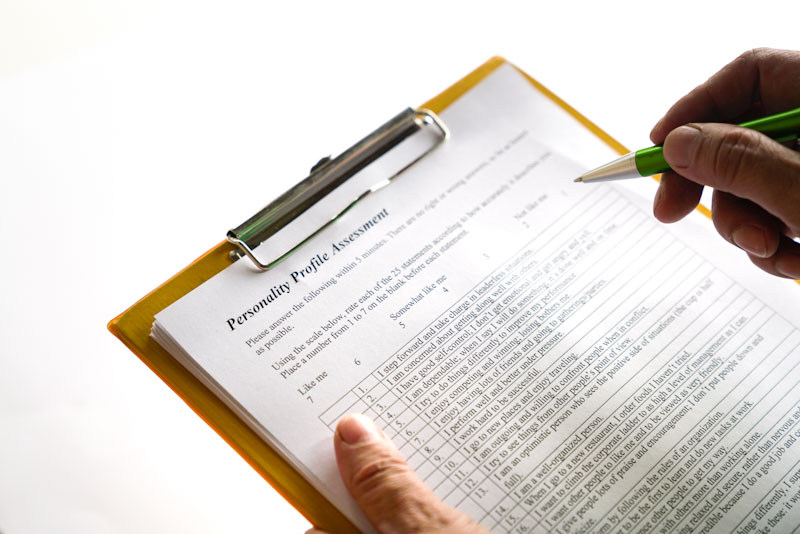












_1.jpg)




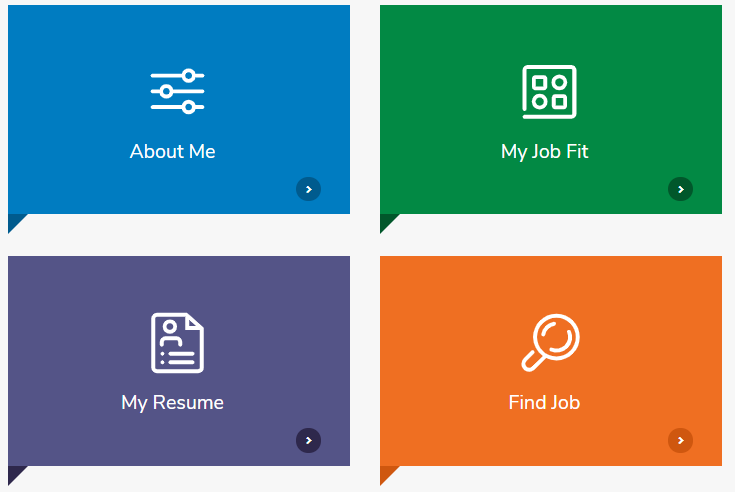










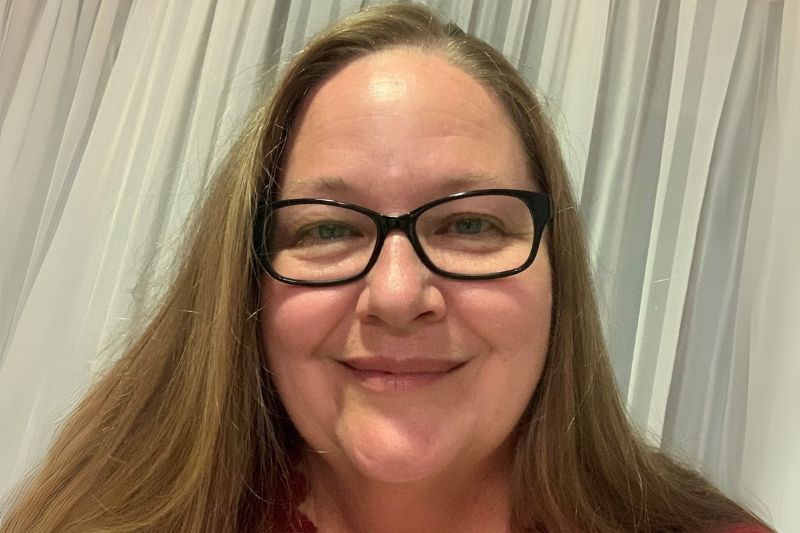



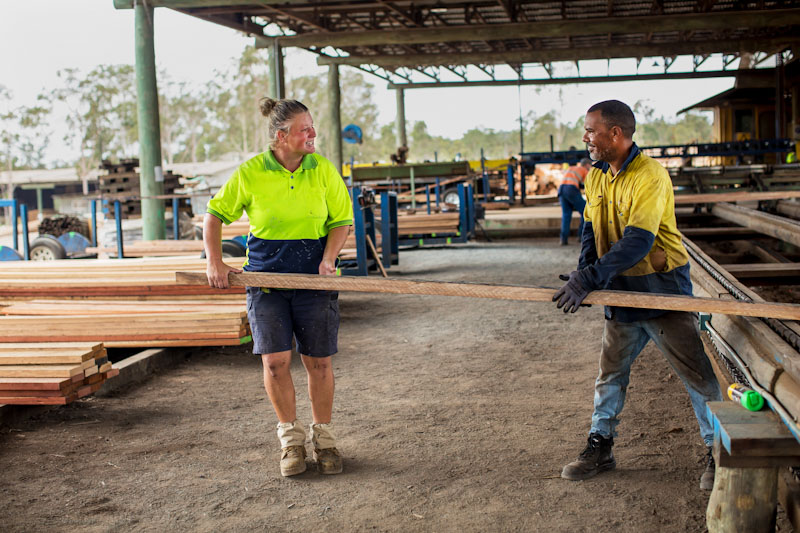
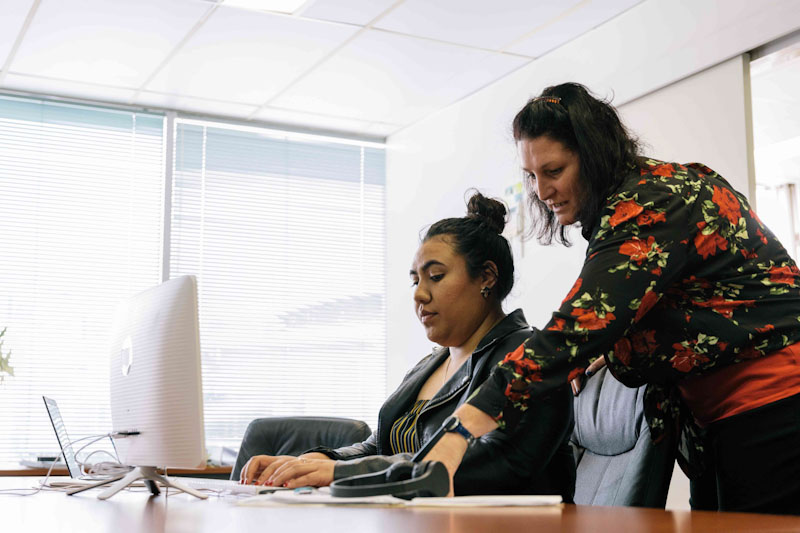








.jpeg)
